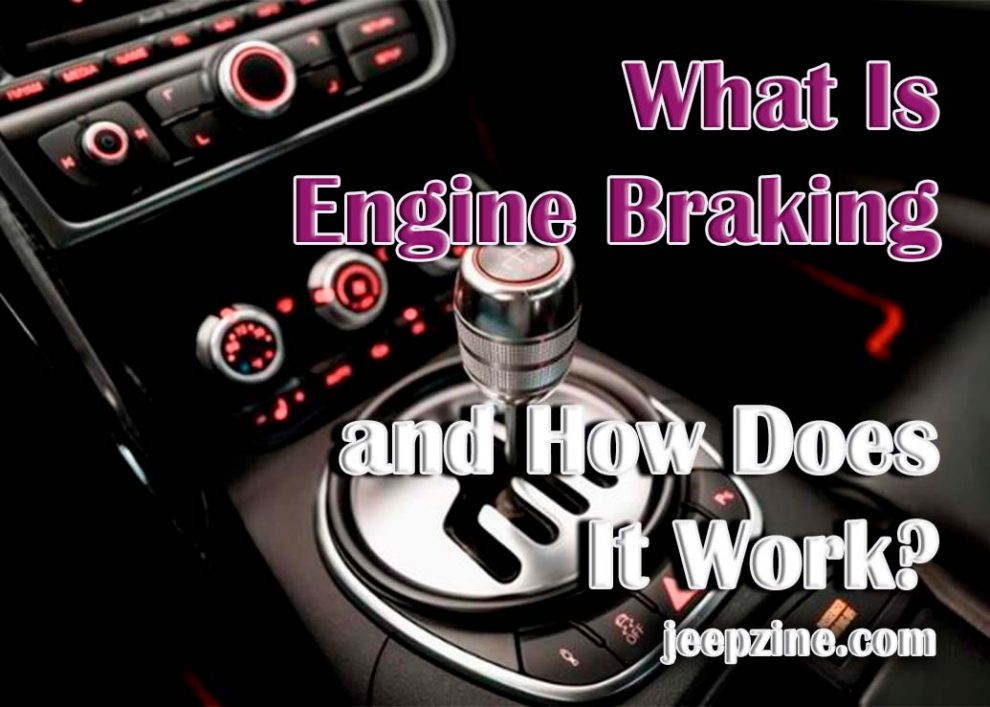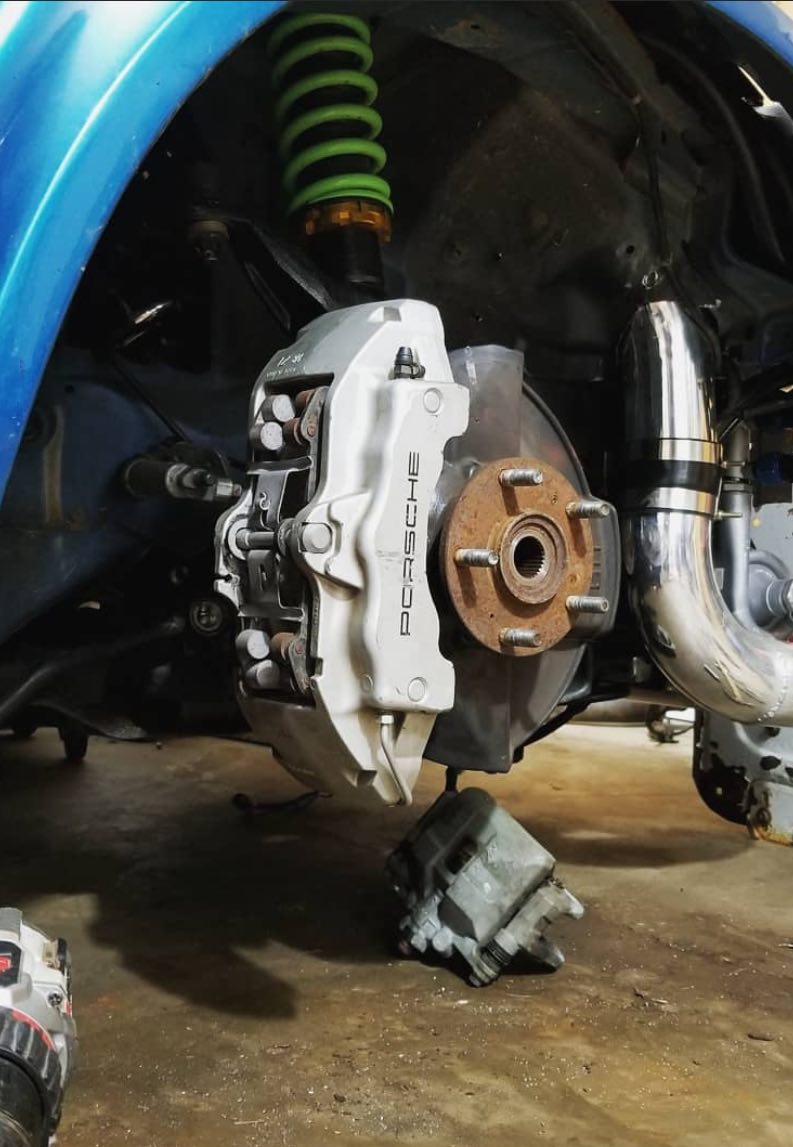What is engine braking? This is a technique drivers employ to slow down their vehicles without applying the brakes. It is a method of controlling speed and deceleration that uses the engine’s momentum to slow down the car. This form of braking can be used in manual and automatic transmissions, although it is most often found in manual vehicles since it requires driver involvement. By engaging engine braking, drivers can reduce wear on their brakes while still maintaining control of their vehicle’s speed. In this article, we will discuss what engine braking is, how it works, and the advantages and disadvantages of using this technique. We will look at some tips for safely using engine braking on public roads.
How Does Engine Braking Work?
Engine braking involves using the engine’s natural compression to slow down the vehicle. When a driver releases the accelerator pedal, the car’s engine no longer produces power to move it forward and instead acts as a brake, slowing down the car by providing resistance. This resistance is created by the pistons in the engine compressing air and fuel, which provides a backpressure that slows down the rotation of the drivetrain. This process can be further enhanced in manual transmissions by shifting to a lower gear while releasing the accelerator. It increases engine braking by making it harder for the engine to rotate in its current gear and further increases compression within the cylinders. The result is more rapid deceleration than if only releasing the accelerator was used independently.
 Advantages of Engine Braking
Advantages of Engine Braking
The main advantage of using engine braking on public roads is that it can reduce wear on brakes, as they are not used as often or at all when slowing down from higher speeds. It can also provide more control over your vehicle’s speed than simply releasing your foot from the accelerator pedal, especially when driving downhill where gravity could otherwise cause an uncontrollable acceleration or even runaway vehicles in some cases. Additionally, this technique allows drivers to maintain their momentum while still slowing down, which helps them maintain good fuel efficiency levels for their vehicles when driving long distances with many stops along their route.
Disadvantages of Engine Braking
The main disadvantage of using engine braking is that it puts a strain on the engine and other components of the drivetrain. It can cause additional wear and tear on these parts, which may require replacing sooner than usual. Additionally, when used in manual transmissions, engine braking creates an unpleasant sound from the exhaust, which drivers often dislike. Finally, using engine braking can be dangerous for pedestrians in built-up areas where people might not expect vehicles to slow down quickly due to the absence of activated brake lights.
Tips for Using Engine Braking Effectively
Being aware of your surroundings and the other drivers around you is important when using engine braking. Ensure you are in a gear suitable for your traveling speed, as this will reduce wear on the engine and transmission components. It can also help to not rely on engine braking as your only form of slowing down or stopping, especially at higher speeds or when driving in busy areas where pedestrians might be crossing. Additionally, make sure to use regular brakes when needed alongside engine braking for extra control and safety. To enhance the braking performance of your vehicle, especially if you own a Jeep Wrangler, investing in quality brake pads is essential. Best Brake Pads for Jeep Wrangler can significantly improve the safety and responsiveness of your brakes. Also read about the top recommendations and reviews to make an informed decision.
Conclusion
Engine braking can be helpful for drivers who want to reduce wear on their brakes and maintain control over their vehicle’s speed while driving. This technique allows drivers to slow down without activating their brakes, reducing wear and tear on brake components. However, engine braking puts additional strain on the engine and transmission, which can cause increased wear and tear on these parts. Additionally, using it in dense areas or busy streets can be dangerous for pedestrians who do not expect cars to decelerate quickly. By understanding how engine braking works and how to use it effectively, drivers can use this technique safely while still receiving its benefits.


 Advantages of Engine Braking
Advantages of Engine Braking